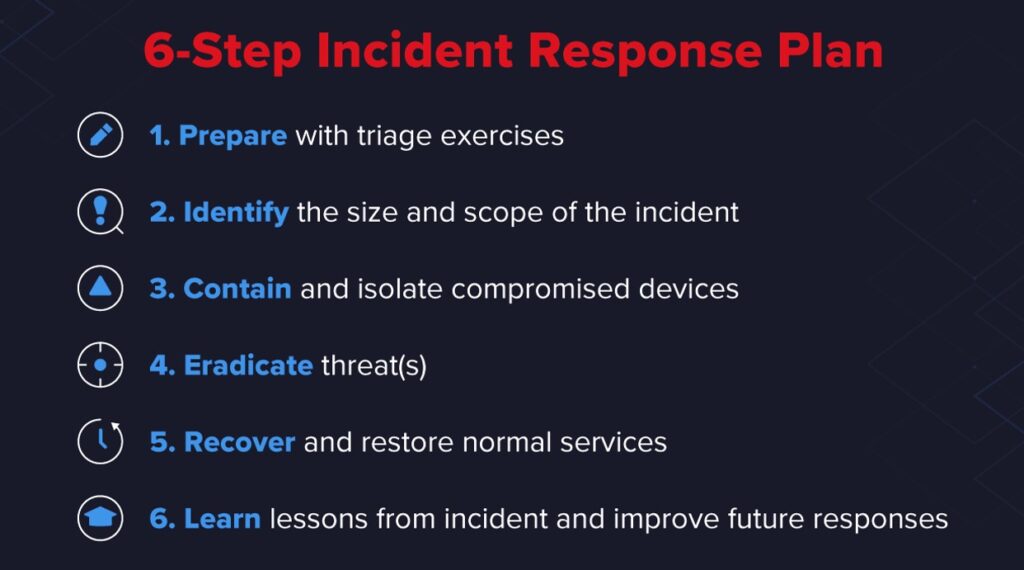Third-Party Risk Management in Cyber Security
August 9, 2024

The concept of cybersecurity extends far beyond safeguarding your own network perimeter. With businesses relying more than ever on external vendors, suppliers, and service providers, the need for robust third-party risk management (TPRM) has become paramount. This blog explores why there’s an increased demand for TPRM and what organizations can do to mitigate these risks effectively.
Understanding Third-Party Risk
Third-party risk refers to the potential vulnerabilities and threats that arise from external entities having access to an organization’s systems, data, or operations. While outsourcing and collaboration bring efficiency and specialization, they also introduce significant cybersecurity risks. These risks can range from data breaches and compliance failures to operational disruptions and reputational damage.

Factors Driving Increased Demand
- Complex Ecosystems: Modern businesses operate within intricate ecosystems of suppliers, vendors, contractors, and cloud service providers. Each connection introduces a potential entry point for cyber threats.
- Regulatory Requirements: Regulatory bodies are increasingly holding organizations accountable for the actions of their third-party partners. Compliance frameworks such as GDPR, CCPA, and HIPAA necessitate stringent data protection measures across all parties handling sensitive information.
- High-Profile Breaches: Numerous high-profile breaches in recent years have highlighted the vulnerabilities associated with third-party relationships. These incidents have underscored the need for proactive risk management strategies.
- Dependency on Cloud Services: The widespread adoption of cloud computing means that sensitive data and critical operations are often entrusted to third-party cloud service providers. Securing these environments is crucial for maintaining business continuity and customer trust.

Key Practices for Effective TPRM
Implementing a robust third-party risk management program requires a systematic approach:
- Risk Assessment: Conduct thorough assessments to identify potential risks posed by each third-party relationship. This involves evaluating factors such as security protocols, data handling practices, and regulatory compliance.
- Due Diligence: Prior to engaging with a third party, perform comprehensive due diligence to verify their security posture, financial stability, and adherence to industry standards.
- Contractual Safeguards: Incorporate cybersecurity requirements into contracts and service-level agreements (SLAs). Define roles, responsibilities, and expectations regarding data protection and incident response.
- Ongoing Monitoring: Monitor third-party activities continuously to detect any deviations from agreed-upon security measures or compliance requirements.
- Incident Response Planning: Develop and rehearse incident response plans that include procedures for addressing breaches or security incidents involving third parties.
- Education and Awareness: Foster a culture of cybersecurity awareness among employees, emphasizing the importance of vigilance when interacting with third-party systems or services.
As organizations navigate an increasingly interconnected business landscape, the need for effective third-party risk management cannot be overstated. By proactively identifying and mitigating risks associated with external partnerships, businesses can safeguard their data, protect their reputation, and ensure regulatory compliance. Embracing a comprehensive TPRM strategy is not just a best practice—it’s a critical component of a robust cybersecurity posture in the digital age.
Prioritizing third-party risk management isn’t just about compliance; it’s about safeguarding the trust and integrity of your organization in an interconnected world where collaboration and security must go hand in hand.
Have Any Question?
Call or email Cocha. We can help with your cybersecurity needs!
- (281) 607-0616
- info@cochatechnology.com




